Table of Contents
- Your Tuesday Briefing: Indonesia’s Deadly Earthquake - The New York Times
- Japan Airlines flight burst into flames after colliding with aircraft ...
- Some earthquakes last for seconds, others for minutes — and a few for ...
- Some earthquakes last for seconds, others for minutes — and a few for ...
- Any new Earthquake in the world very soon? | Al Jaras Magazine
- World's deadliest earthquakes since 2000 | World News - Hindustan Times
- Second Earthquake In Two Days Hits Southern California | The Daily Caller
- Earthquakes
- Earthquakes predictions by NASA; The biggest recent earthquakes around ...
- Get Breaking News Headlines Earthquake Today PNG
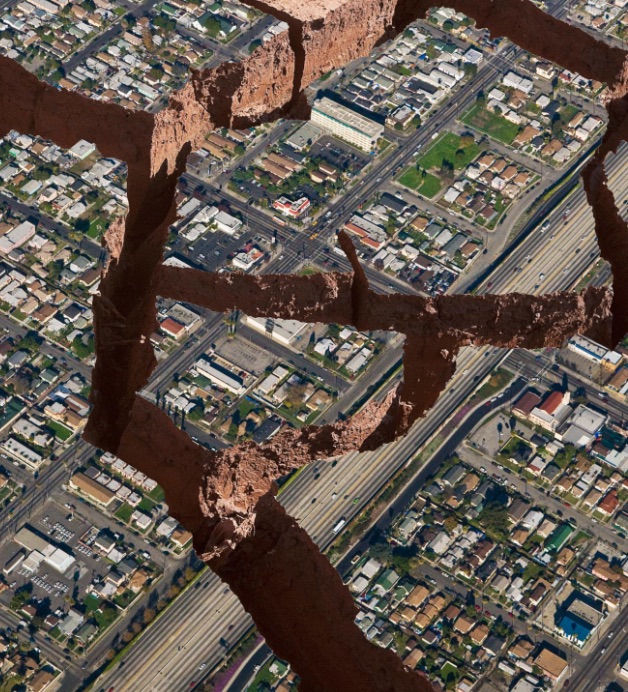
The Earth's surface is constantly shifting, and earthquakes are a stark reminder of the planet's dynamic nature. To stay informed about seismic activity, the U.S. Geological Survey (USGS) provides a comprehensive earthquakes map and list that helps track the latest quakes around the world. In this article, we'll delve into the world of earthquake monitoring, exploring the tools and resources available to help you stay up-to-date on the latest seismic events.


Understanding Earthquake Monitoring
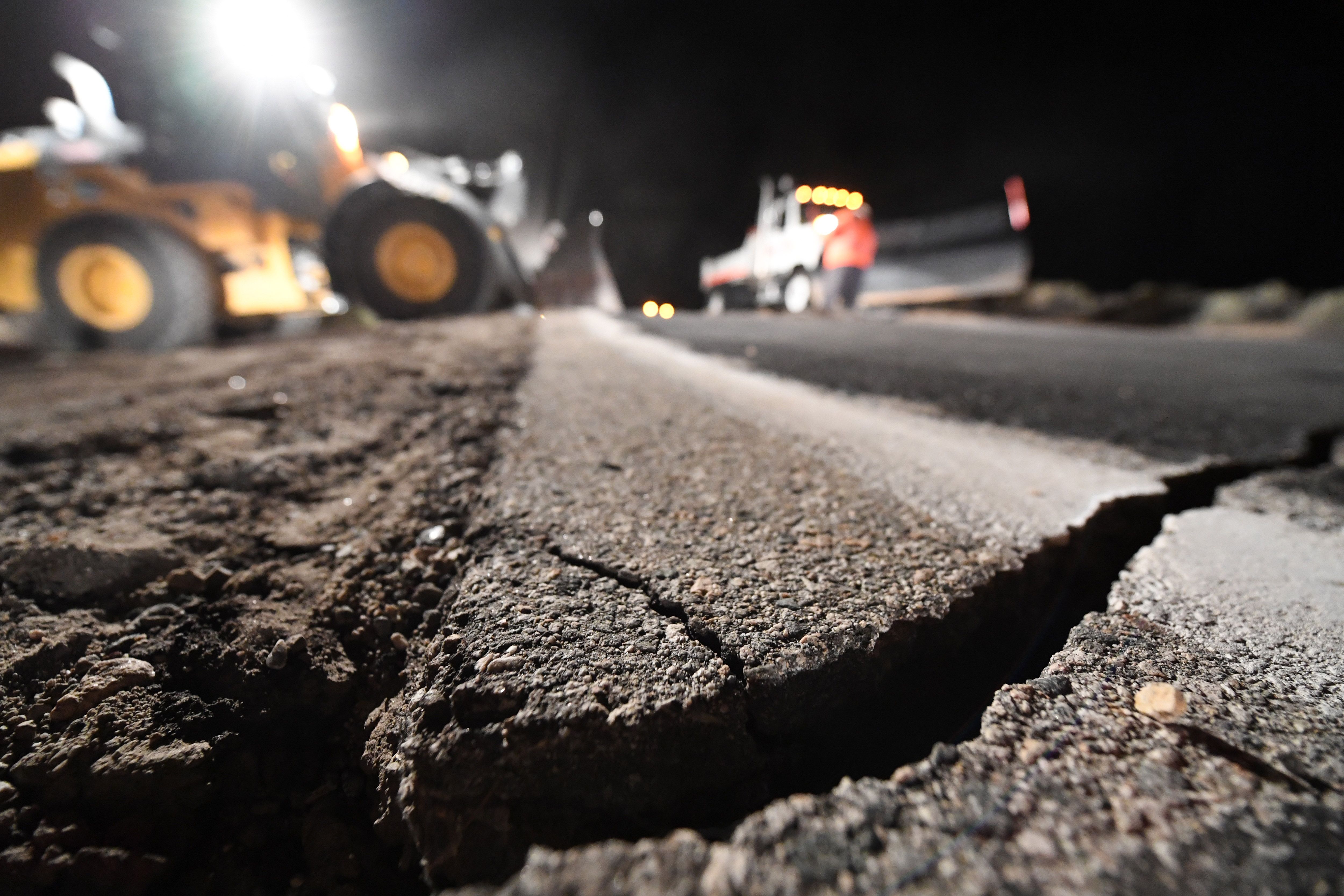
Earthquake monitoring is a critical component of seismology, the study of earthquakes and the waves they generate. The USGS, in collaboration with international partners, operates a network of seismic stations that detect and record earthquakes as they occur. This data is then used to create detailed maps and lists of earthquakes, providing valuable insights into seismic activity.
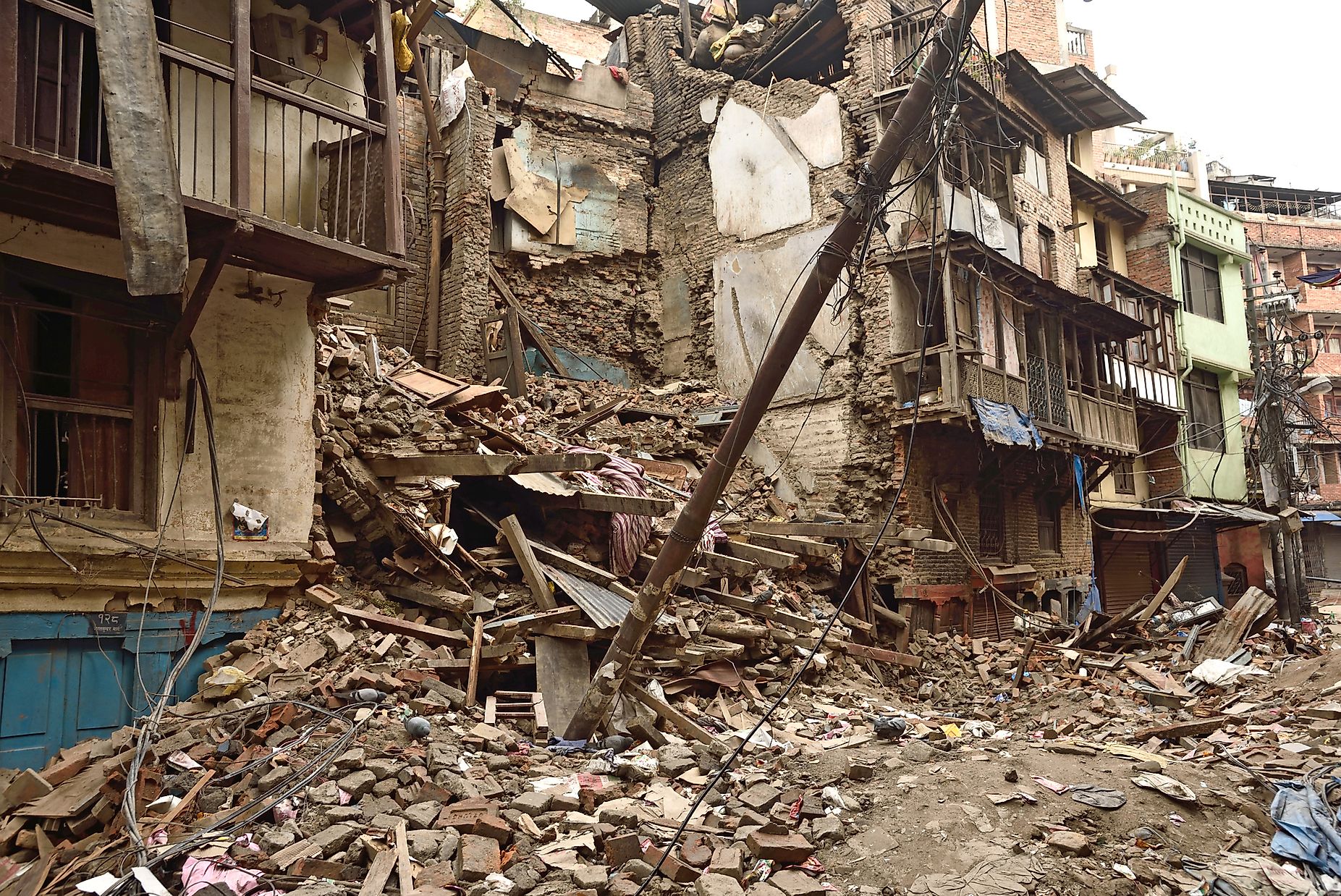
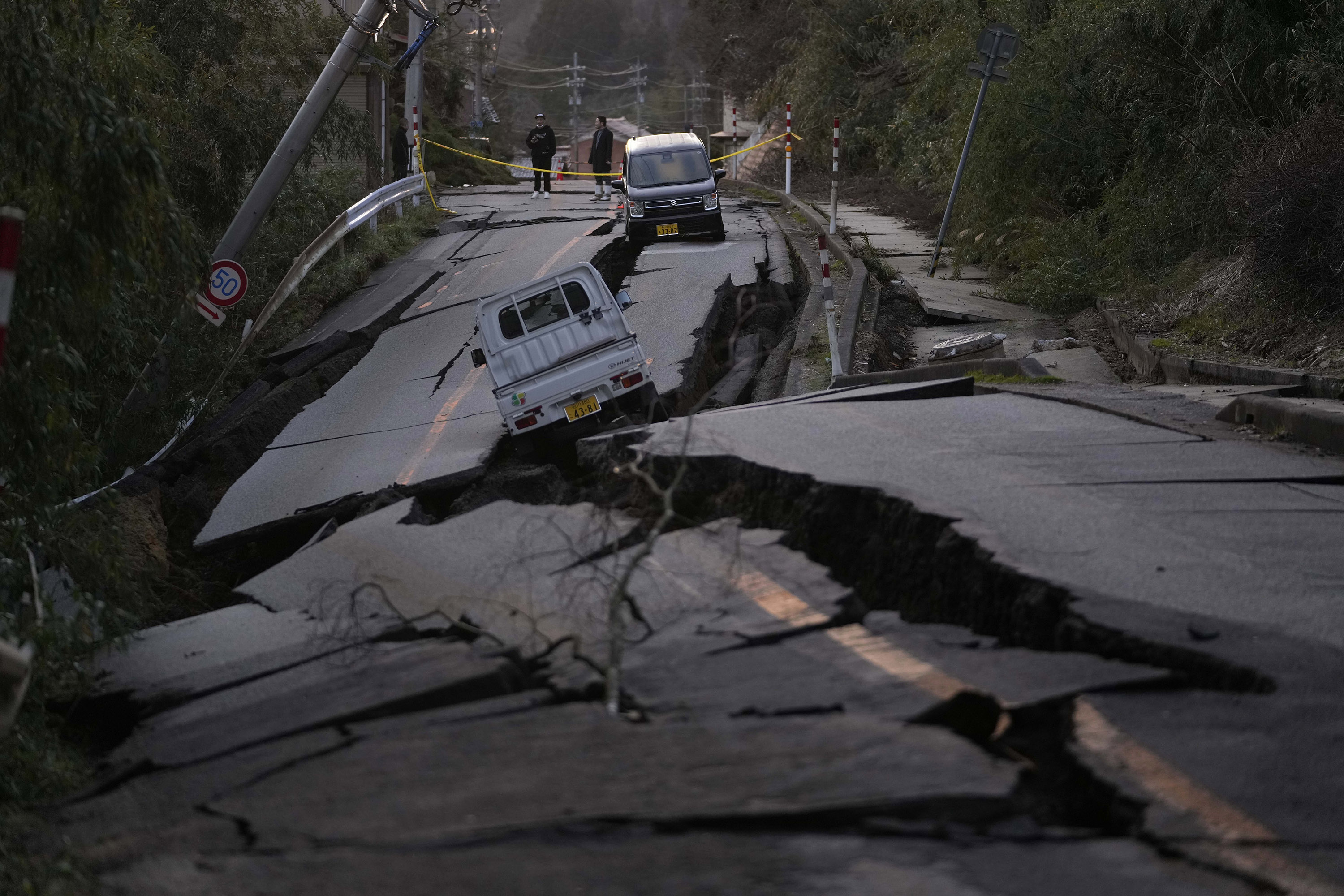
Latest Earthquakes Map and List

The USGS earthquakes map is an interactive tool that displays the location, magnitude, and depth of recent earthquakes. The map is updated in real-time, allowing users to visualize seismic activity as it happens. The accompanying list provides detailed information on each earthquake, including the date, time, location, magnitude, and depth. This data is essential for researchers, emergency responders, and the general public to stay informed about potential seismic hazards.

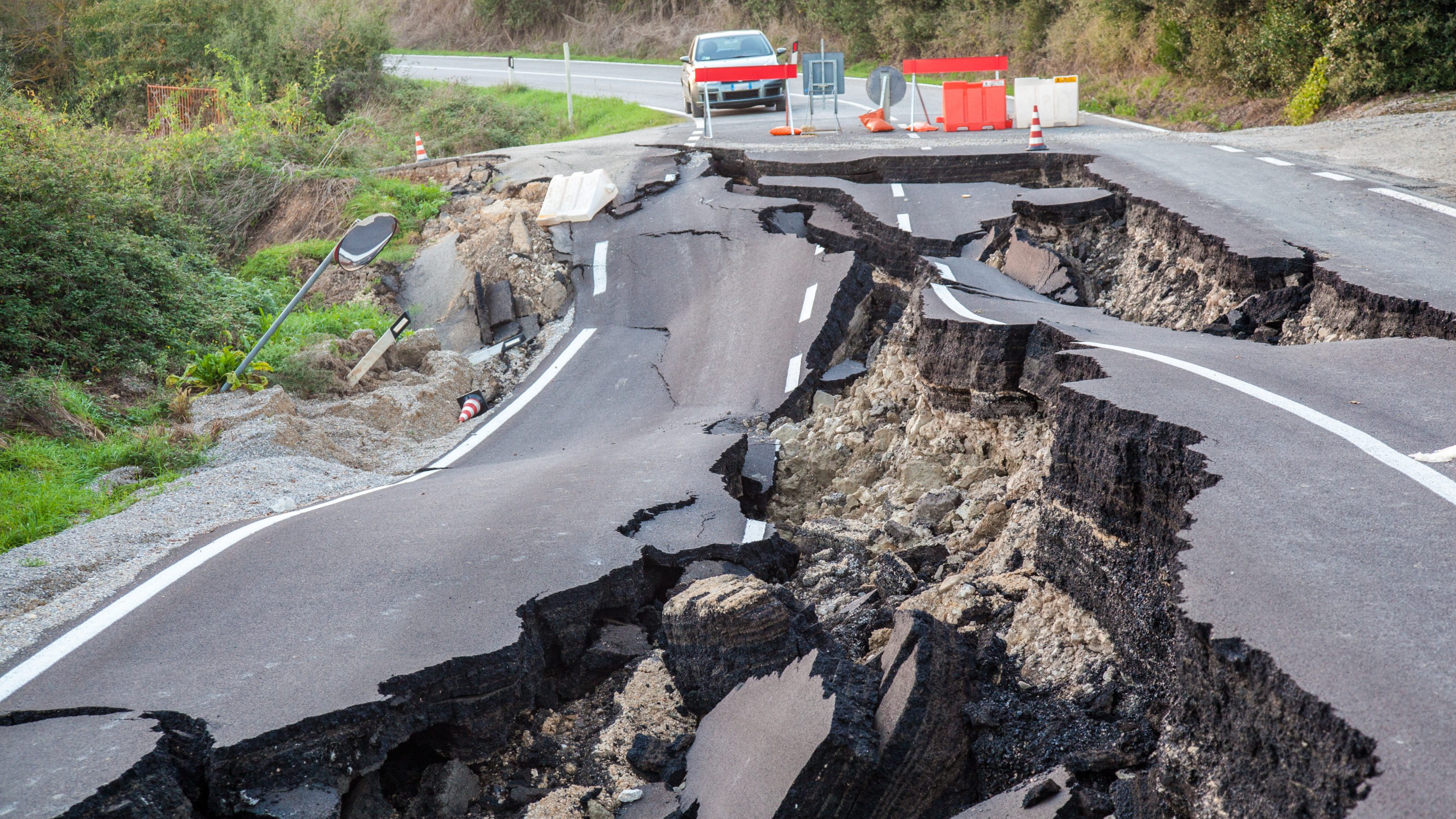
Key Features of the USGS Earthquakes Map and List
- Real-time updates: The map and list are updated automatically as new earthquake data becomes available.
- Interactive interface: Users can zoom in and out, pan, and click on individual earthquakes to view detailed information.
- Filtering options: Users can filter earthquakes by magnitude, depth, and location to focus on specific areas of interest.
- Alerts and notifications: The USGS offers email and SMS alerts for significant earthquakes, ensuring users stay informed about potential hazards.
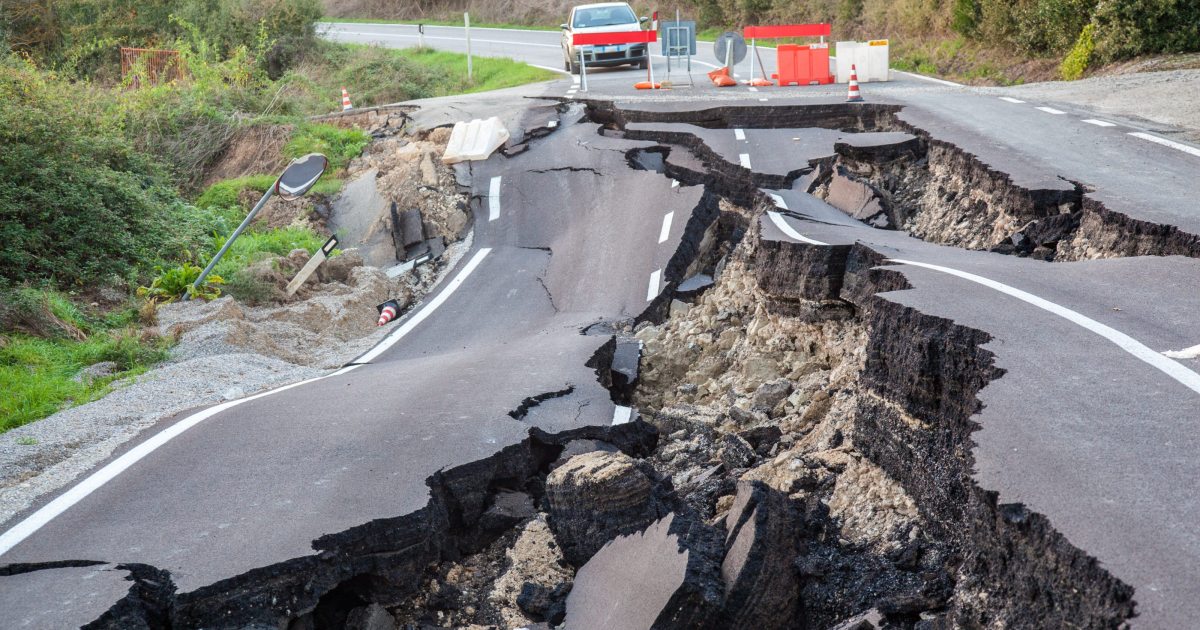
Why Tracking Earthquakes Matters
Earthquakes can have devastating consequences, from damage to infrastructure and property to loss of life. By tracking seismic activity, researchers and emergency responders can:
- Identify areas of high seismic activity: Understanding where earthquakes are likely to occur helps inform disaster planning and mitigation efforts.
- Improve early warning systems: Real-time data can be used to develop early warning systems, providing critical seconds or minutes for people to seek safety.
- Enhance building codes and construction practices: By studying earthquake patterns and impacts, engineers can design safer buildings and infrastructure.
The USGS earthquakes map and list are invaluable resources for anyone interested in staying informed about seismic activity. By leveraging these tools, we can better understand the Earth's dynamic nature and work towards mitigating the impacts of earthquakes. Whether you're a researcher, emergency responder, or simply curious about the planet, the USGS earthquakes map and list are essential resources to stay up-to-date on the latest seismic events.
Stay informed, stay safe, and explore the USGS earthquakes map and list today!
